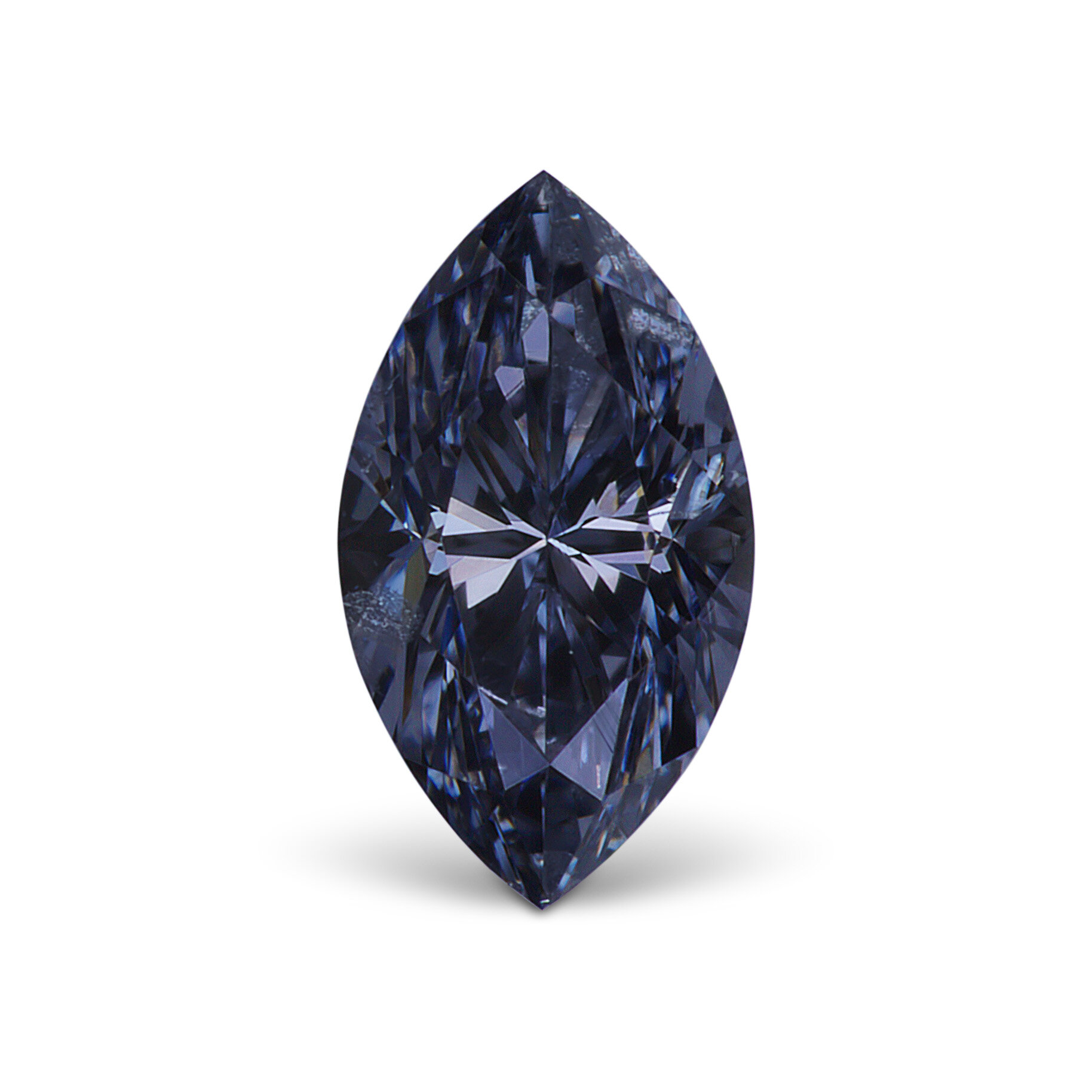VIOLET DIAMONDS
LAVENDER, grape, cornflower
The Argyle violet diamond accented by 12 natural vivid pink diamonds in a platinum ring design by Scott West
Natural violet diamonds - The pinnacle of rarity in the color diamond kingdom
The lavender, grape, cornflower violet tones are some of the most beautiful colors in the color diamond spectrum. Violet Diamonds are extremely rare colors among collectors, designers and jewelry enthusiasts. Aside from red diamonds, a violet diamond quite possibly could be the most rare color of them all.
Cause of Color
According to the Gemological Institute of America (GIA), The process of forming of blue / gray / violet earth diamonds varies greatly based on the color defects. Such impurities, as well as any nitrogen impurities, are mixed into stones stained by micro-inclusions and hydrogen and boron based defects when strongly crystallized in the earth's mantle. The end-use of structural defects in diamonds is supported by lengthy residence periods at elevated temperatures and pressures.
Color caused by Boron are more blue in color - (Increased gray color) - Fancy gray, Fancy bluish gray, Fancy blue gray, Fancy light blue, Fancy blue, Fancy intense blue, Fancy vivid blue (Increased color depth)
Color caused by Hydrogen are more violet in color (Increased color depth) - Light gray, Fancy gray blue, Fancy grayish blue, Fancy dark gray blue
Violet diamonds are considered hydrogen rich gray to blue to violet and are very uncommon especially in high-color strength and over half a carat stones.
Argyle diamond origin
More than 90 percent of the world’s rare pink diamonds come from the Argyle mine in Western Australia and it is the only source of hydrogen-rich violet diamonds in the world. Violet rough appears usually as an angular object, mostly as melee, varying from some points to 0.20 carat. Many are small, unsaturated. Some of the smaller, bigger pieces with saturation colors can be seen, but faceted stones of more than half a carat are quite uncommon and only a few are more significant than on saturated pieces. An annual production of pink diamonds found at the Australian mine can fit in the palm of your hand whereas violet diamonds can fit in a tea spoon. The largest polished violet diamond to ever come out of the Australian mine is a 2.83 carat fancy deep grayish-bluish violet diamond.
How RARE
Violet diamonds are extremely rare, A total of 20 hydrogen violet diamonds, from 0.39 carat to 2.34 carat, were offered during the Argyle tender span between 1993 and 2008. Violet diamonds are seldom seen and in 32 years Argyle has produced only 12 carats of polished violet diamonds for its iconic tender. The largest violet diamond to ever come from the mine is a 2.83 carat fancy deep grayish-bluish violet diamond dubbed the Argyle Violet and is the most rare violet in the world.
According to the Gemological Institute of America, 0.1% of 15,000 blue, gray, violet-gray diamonds submitted to the GIA are violet diamond.
A close up look at a natural gray blue-violet diamond. This color shade is almost like a grape
A natural fancy deep greyish-bluish violet diamond compared to a colorless diamond.



